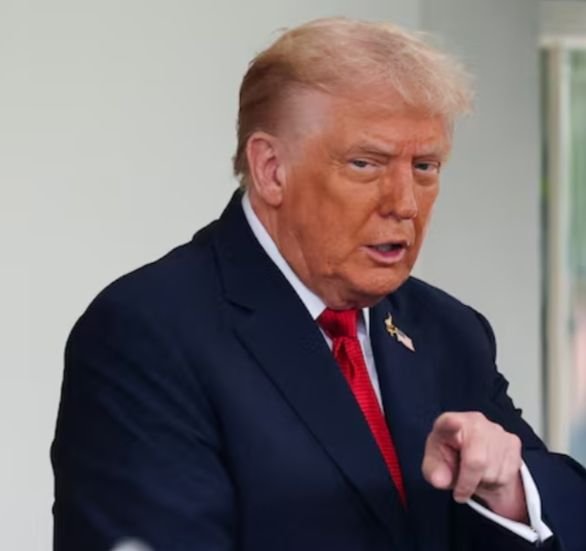In a move that could have far-reaching consequences for global trade and India’s economy, US President Donald Trump has announced a 100 per cent tariff on imports of branded and patented pharmaceutical drugs starting October 1, 2025. Declaring his decision through a post on Truth Social, Trump said the tariffs would apply to every branded or patented pharmaceutical product entering the American market unless the concerned company establishes a manufacturing plant within the United States. He positioned the decision as part of his broader push to curb imports, expand domestic production, and reduce the country’s budget deficit, a theme consistent with his earlier tariff policies. The US President further extended his tariff regime to other sectors, imposing a 50 per cent duty on imports of kitchen cabinets and bathroom vanities, 30 per cent on upholstered furniture, and 25 per cent on heavy trucks, arguing that such measures were essential for “national security and other reasons.”

For India, this announcement could be particularly alarming. The Indian pharmaceutical sector is one of the largest suppliers of generic and branded drugs to the US market, which remains the single biggest destination for Indian pharma exports. Industry observers fear that the imposition of 100 per cent tariffs will not only erode the cost competitiveness of Indian manufacturers but also discourage smaller firms from accessing the American market. While generic medicines form the backbone of India’s pharma exports, patented and branded drugs account for a significant portion of high-value trade, and the new tariff structure threatens to make these exports unviable. The timing of the move is crucial as it follows Trump’s earlier decision to impose a 50 per cent tariff on Indian imports in general, coupled with an additional 25 per cent penalty linked to New Delhi’s continued purchase of Russian oil. Together, these measures mark an escalation of economic pressure on India, testing both its export resilience and diplomatic ties with Washington.
The impact on the Indian economy could be significant. Pharmaceuticals contribute around 6 per cent to India’s total exports, and the US alone accounts for nearly 30 per cent of that share. With tariffs doubling the cost burden, Indian firms may face cancelled contracts, shrinking profit margins, and the possibility of losing market share to American or other global competitors who establish local manufacturing bases in the US. This could in turn affect employment in India’s pharma hubs such as Hyderabad, Ahmedabad, and Pune, where lakhs of workers are employed in production, research, and supply chain management. Analysts also warn of downstream consequences for India’s foreign exchange earnings, with a likely dip in export revenues at a time when the country is already grappling with global demand slowdowns. Moreover, the imposition of punitive tariffs in the backdrop of political tensions over oil imports from Russia adds a geopolitical layer to the economic strain, potentially forcing India to recalibrate its trade and energy strategies in the coming months.
While Trump has justified the measures under the broad pretext of national security and fiscal prudence, critics argue that such protectionist steps risk disrupting established supply chains, raising drug prices in the US, and sparking retaliatory measures from trade partners. For India, however, the immediate challenge will be to protect its pharma sector from long-term damage by exploring alternative markets, investing in value-added R&D to reduce dependency on exports of branded formulations, and negotiating through diplomatic channels to seek exemptions or relief. As the October 1 deadline approaches, the coming weeks will likely see heightened discussions between New Delhi and Washington, as India attempts to safeguard one of its most critical export engines from the brunt of Trump’s tariff offensive.
This is a web-generated news report.



